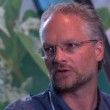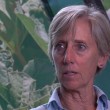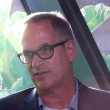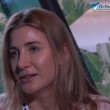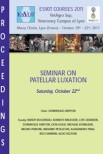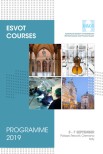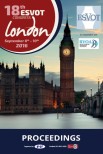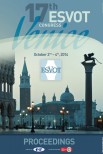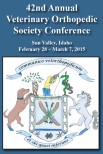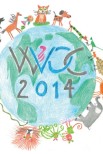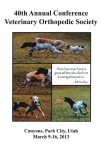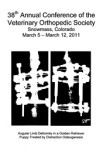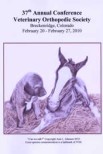Joerg Auer
Dr. med. vet in 1974 University of Zurich, Switzerland
MS: Texas A&M 1981, University, College Station, Texas
Diplomate ACVS, 1982
Diplomate ECVS, 1993 (co founder of ECVS)
Honorary Doctor title, Szent Istvan University of Budapest, Hungary
Full name and working place
Joerg Auer, retired, living 50% of the year in Switzerland and 50% in Scottsdale Arizona
Graduation: Where and when
November 1973 in Zurich, Switzerland
Qualifications
- Dr. med. vet in 1974 University of Zurich, Switzerland
- MS: Texas A&M 1981, University, College Station, Texas
- Diplomate ACVS, 1982
- Diplomate ECVS, 1993 (co founder of ECVS)
- Honorary Doctor title, Szent Istvan University of Budapest, Hungary
Employment after graduation
- 1973-1974 Practitioner (mixed practice), Ilanz, Switzerland
Following appointments up to your current position
- 1974 Resident Veterinarian, Guendisau Ranch, Inc.
- 1974-1975 Assistant, Quartz Mountain Animal Hospital, Scottsdale, AZ
- 1975-1976 Research Fellow in Equine Anesthesia, University of Missouri
- 1976-1978 Resident, University of Pennsylvania, Kennett Square, PA
- 1978 Assistant Professor, Department of Large Animal Medicine and Surgery, Texas A&M University, College Station, TX
- 1983 Associate Professor, Department of Large Animal Medicine and Surgery, Texas A&M University, College Station, TX
- 1984 Tenure, Texas A&M University, College Station, TX
- 1988 Professor, Department of Large Animal Medicine and Surgery, Texas A&M University, College Station, TX
- 1989 - 2001 Professor and Director, Veterinary Surgery Clinic University of Zürich, Switzerland
- 2002 - 2011 Professor and Director Equine Department University of Zürich, Switzerland
- 2011 - Emeritus Professor Vetsuisse Faculty, University of Zurich, Zurich, Switzerland
Current position
Partially retired and part-time Adjunct Professor Equine Surgery, College of Veterinary Medicine, Midwestern University, Glendale, Arizona, USA
What or who stimulated your desire to become a veterinarian?
I always loved horses, but we did not have the possibility to own one. Therefore I wanted to become a jockey, but was to big for this. I finally inscribed for the studies of architecture ant the Federal Institute of Technology, Zurich. During officer school in that Summer the decision was made that Latin was no more required for medical studies, including veterinary medicine. So I cancelled my plans to be an architect and signed up for veterinary medicine one month before the first semester started.
When did you decide to specialize in Orthopaedics, and who were your mentors?
I grew up in Chur and our home was next to the Kantonsspital, where Martin Allgöwer worked at that time (when he and his colleagues founded the AO). So I was exposed during orthopaedics early on. Gustave (Bud) Fackelman was teaching at the University of Zurich and he specialized in orthopaedics. During the last two years of veterinary school I spent a lot of my time with him and was “infected” by orthopaedics, in which topic I also wrote my thesis.
Have you invented any new Orthopedic techniques of which you are particularly proud?
I’m responsible for developing the technique of periosteal stripping to correct angular limb deformities in foals, of which thousands of pateints could benefit.
I’m also very proud of havingedited the first edition of Equine Surgery, “the bilble of euine surgery” in 1992 as sole editor. I could entice John Stick as Co-editor of Equine Surgery for the next three editions. We are presently working on the 5th edition, our last one. For this edition we recruited two junior editors (Jan Kümmerle, University of Zurich, and Timo Prange, North Carolina State University), who will edit the future editions of “Auer & Stick’s Equine Surgery”.
What do you see as the future of veterinary orthopaedics?
Orthopaedics in horses, after having made great strides great strides forward in the last decade, is presently suffering because the worldwide economic decline. As a result of this fractures in horses are less frequently repaired. We see this also in the number of registrants for the different AOVET courses in fracture management. It is hoped that this will change to the positive in the future.
Articular injuries are still frequently managed through arthroscopic supervision of the manipulations.
What are your present activities?
Aside form lecturing part-time at the Midwestren College of Veterinary Medicine in Arizona and teaching at some AOVET courses, I discovered the pleasures of sculpting bronzes, which is greatly fulfilling. You van find bronzes created by me on: www.joergauer.com

